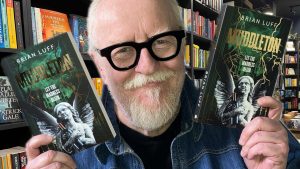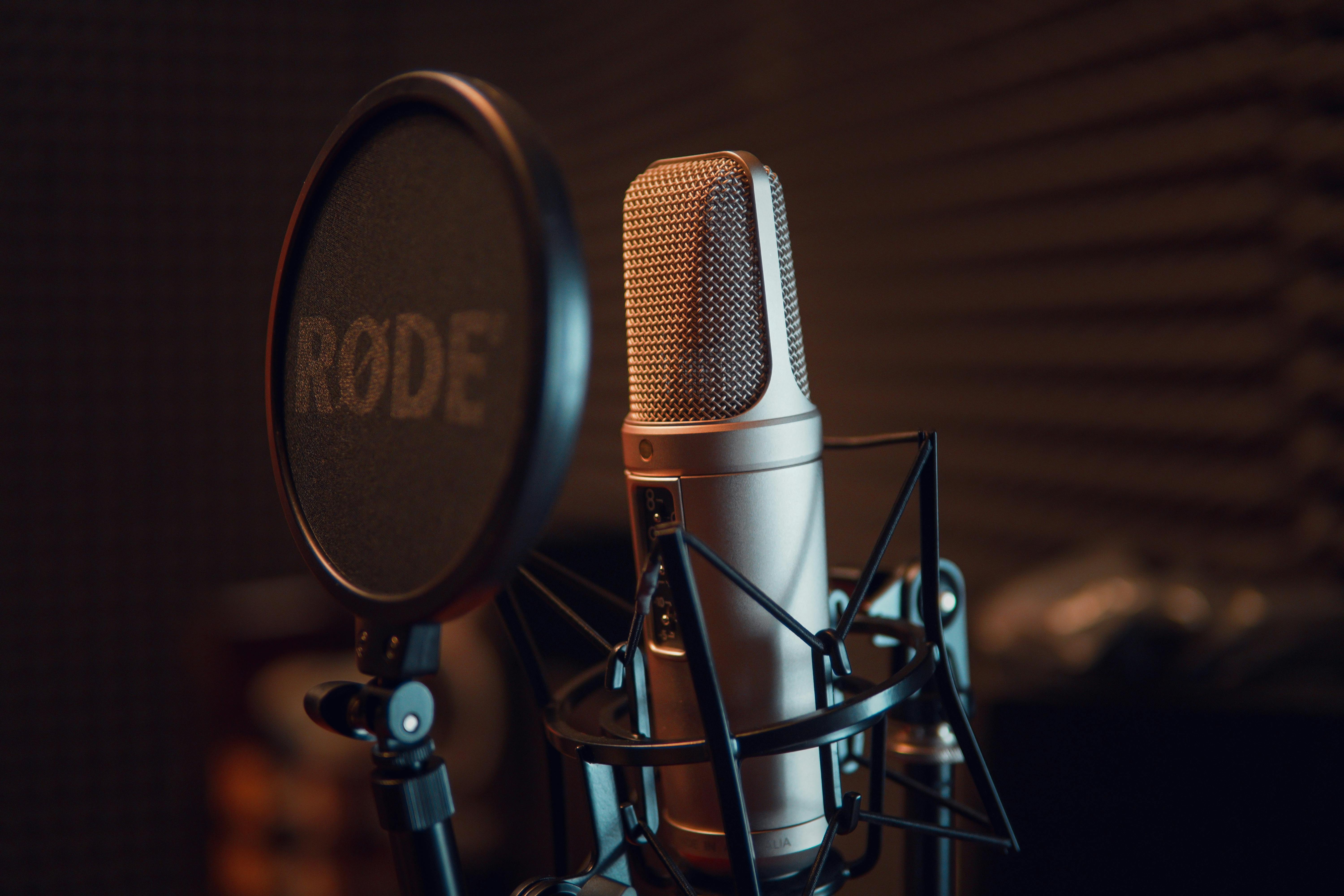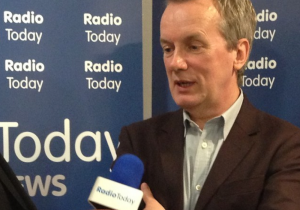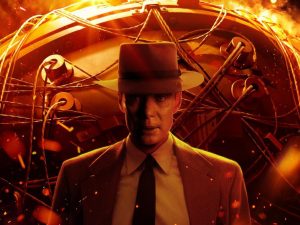A Troubling Joyride into the World of Driverless Cars
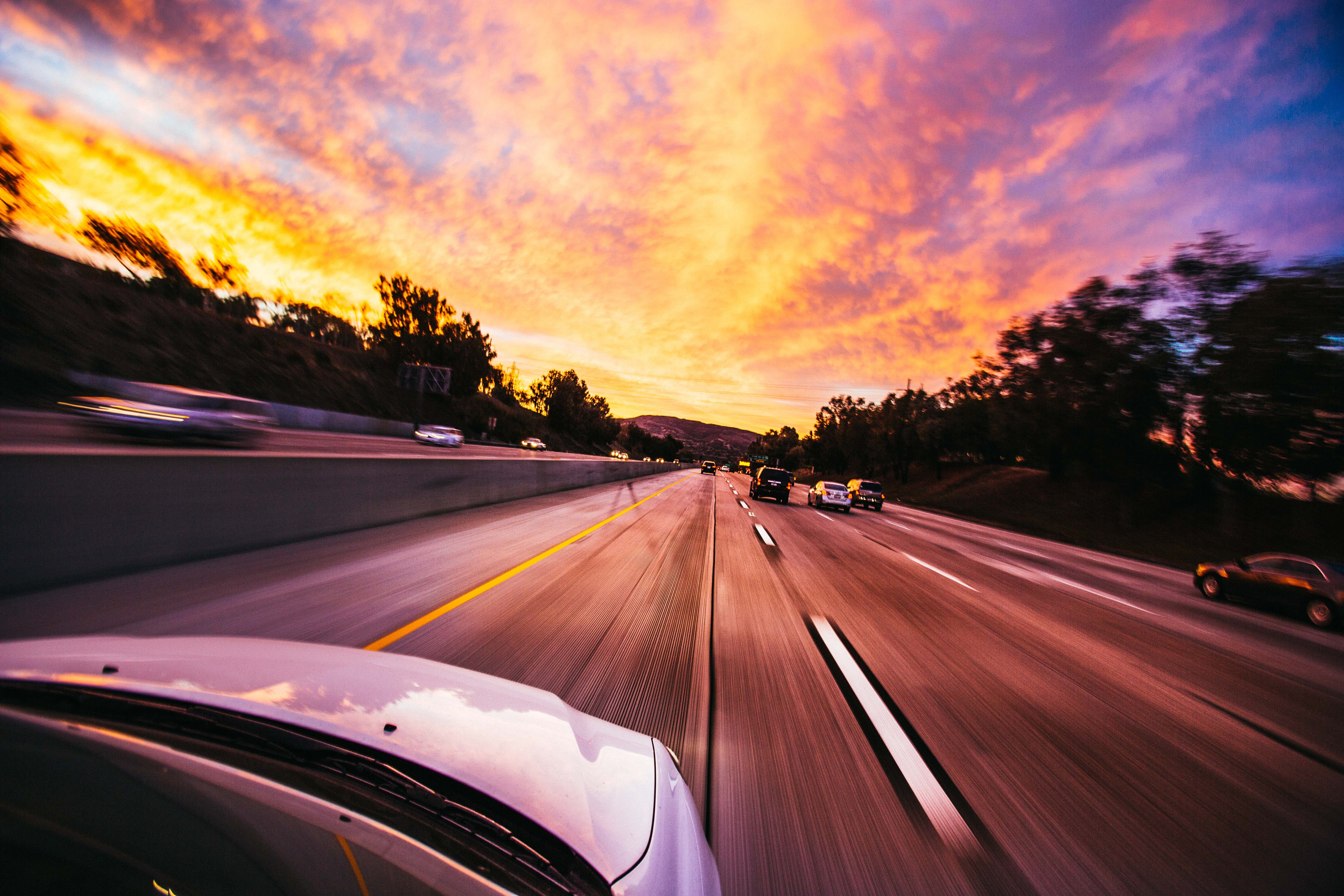
In the worrying world of tomorrow, where technology is the compass guiding our journey into the unknown, there’s a revolution on the asphalt horizon: driverless cars. Firstly, let’s cast our gaze on the transformation of our beloved automobiles. No longer mere vessels of metal and rubber, these mechanical chariots are evolving into sentient beings of the road – autonomous wonders that are the bastard offspring of human ingenuity and the digital age, accellerating along the fine line between liberation and apprehension.
The more cynical among us would likely muse on the paradox of relinquishing control to a machine. He’d find delight in the concept of humans lounging in the backseat, relinquishing the wheel to algorithms and sensors, with the sardonic observation that we’re now “riding shotgun with the ghost in the machine.”
The implications of this shift from manual to automated driving are vast, touching upon the very essence of our relationship with cars. For me, the driverless car represents a sad departure from the intimate bond forged between driver and machine. The rumble of the engine, the grip of the steering wheel – these tactile pleasures become relics of a bygone era, replaced by the hushed hum of electric motors and the gentle purr of progress.
But fear not, this evolution is not without its comedic charm. Imagine, for example, two cars with artificial intelligence engaged in a casual with each other at the traffic lights – a peculiar dance where algorithms exchange pleasantries in the language of ones and zeros, a conversation more binary than banter.
Of course, as we barrel down the road toward the future, the issue of safety emerges, a concern that should always be at the forefront of the driverless car narrative. We could conjure up endless metaphors to illustrate the delicate balance between technological prowess and the unpredictable nature of the road. Perhaps we should describe the autonomous vehicle as a poet navigating the treacherous verses of traffic, occasionally stumbling over the potholes of uncertainty.
Inevitably, the discussion turns to the cultural ramifications of a world where steering wheels become artifacts. We should, perhaps ponder the impact of the driverless car on literature, cinema, and the very fabric of our collective imagination. We might also imagine a cinematic universe where the hero’s journey is no longer defined by gripping car chases but by the subtle dance of electrons guiding us through the labyrinth of urbanity.
As we hurtle into the era of driverless cars, let us embrace the uncertainty with a twinkle in our eyes and a chuckle in our hearts. But fasten your seatbelts. The road ahead may be paved with algorithms, but the journey remains a narrative waiting to be written – a narrative that drivers and poets alike will undoubtedly relish.
Photo by Taras Makarenko
